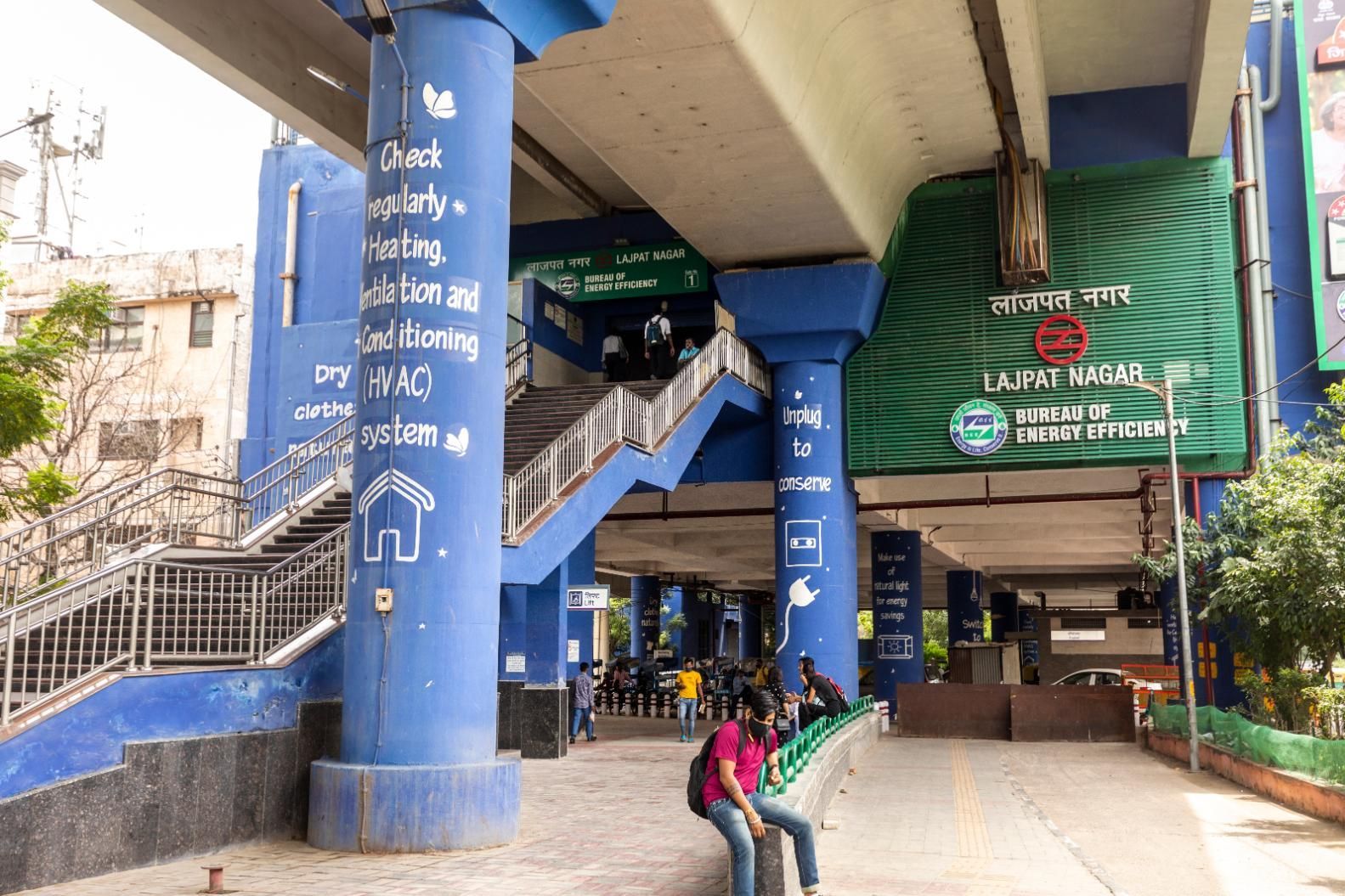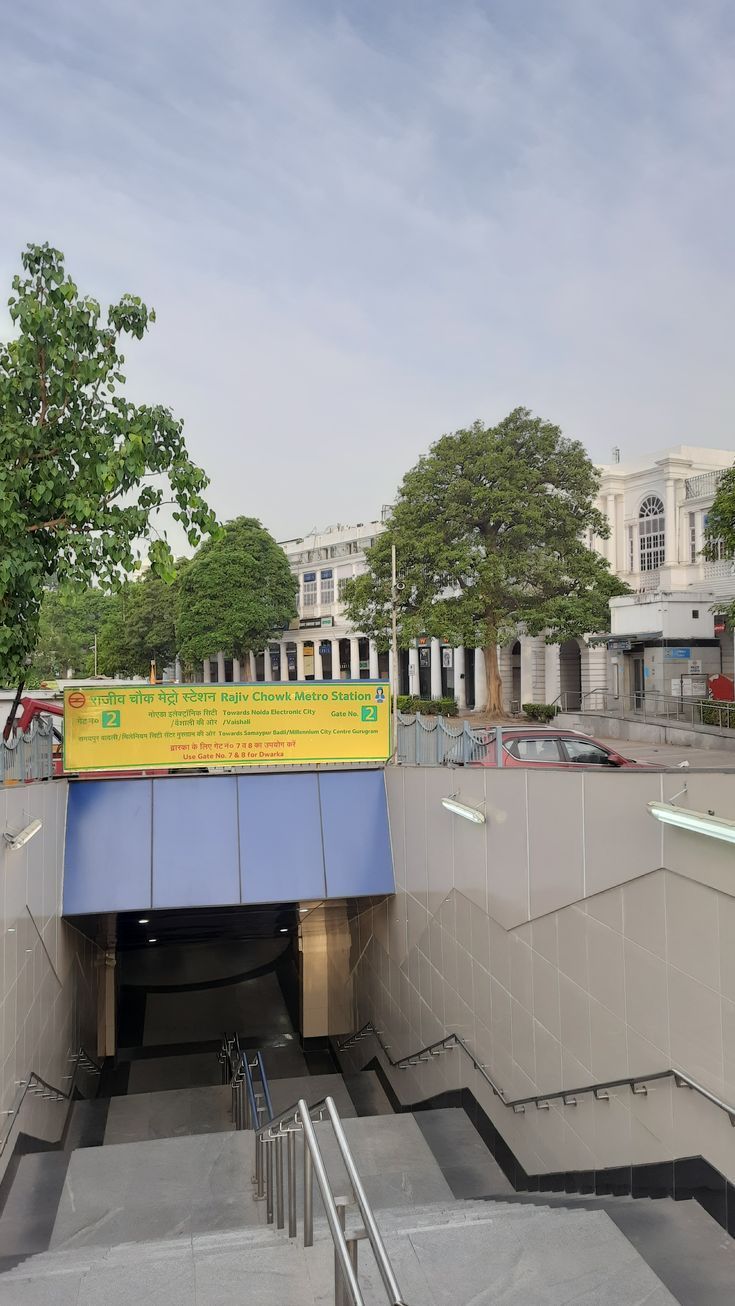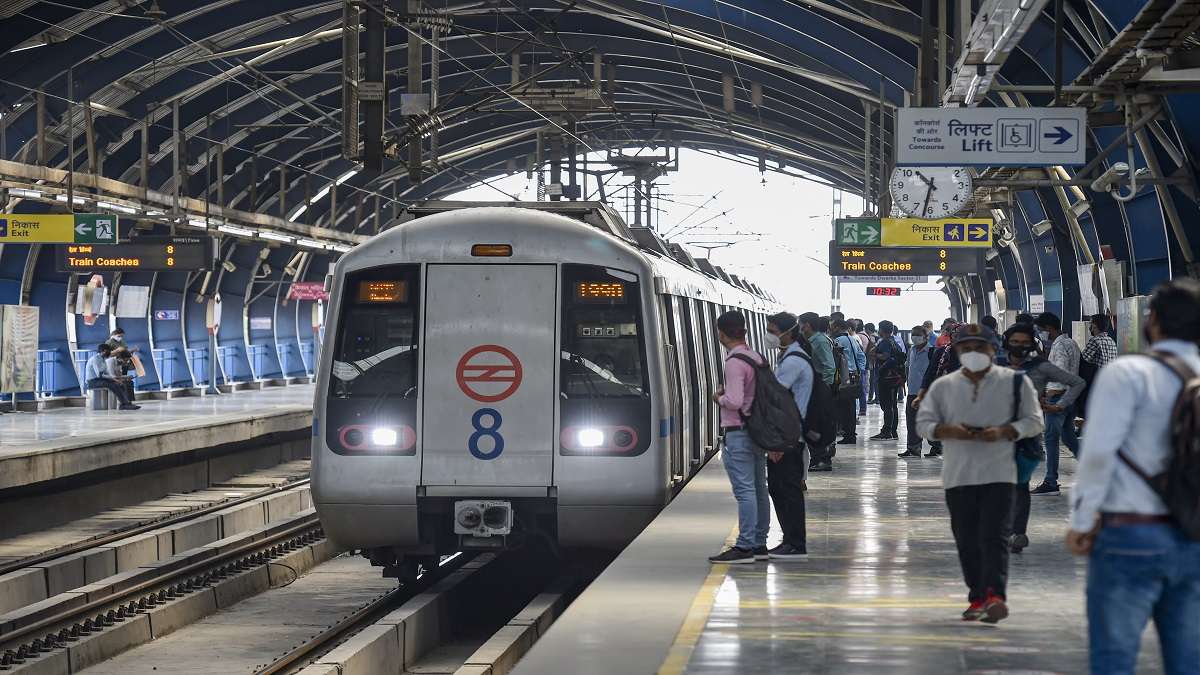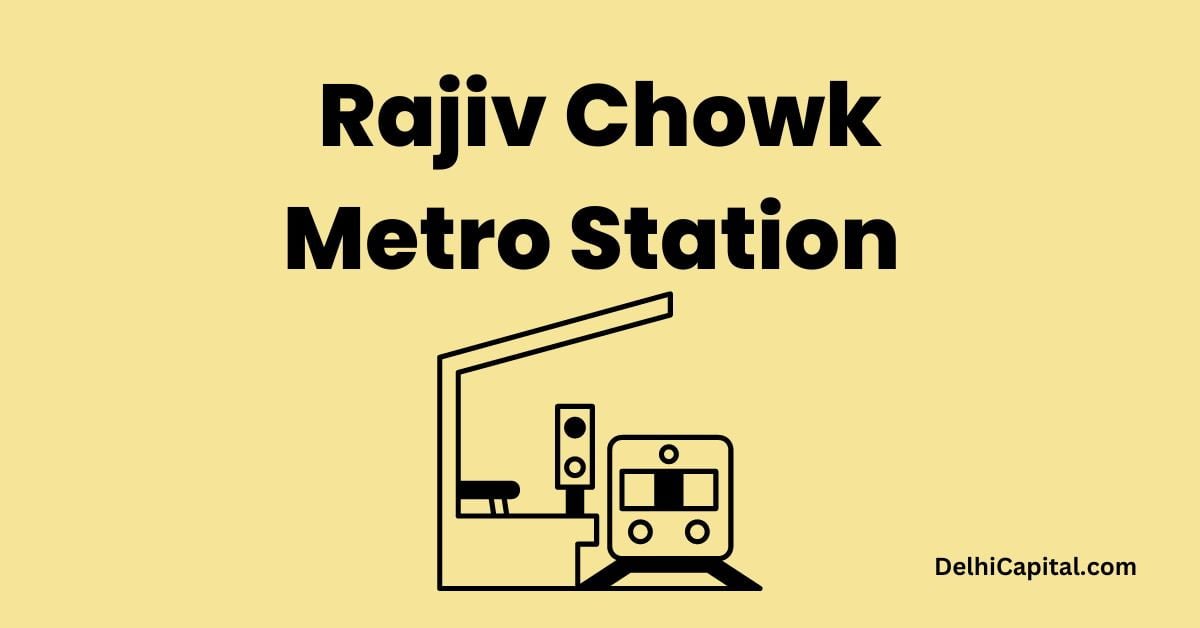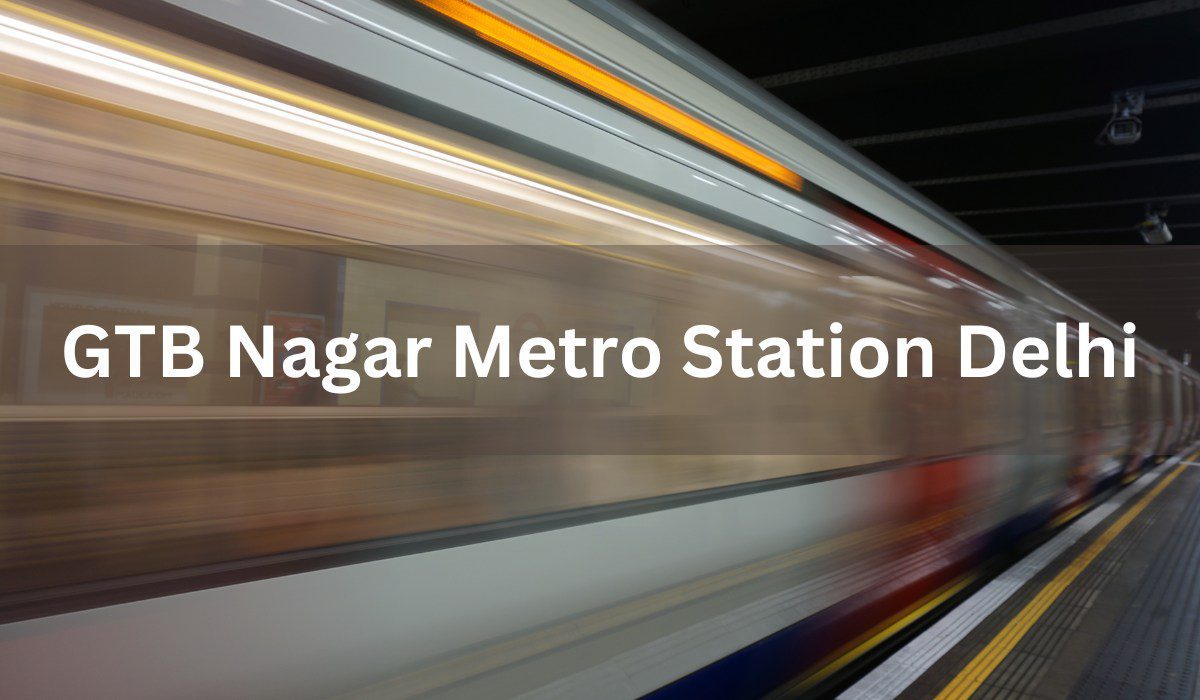First Metro From Gtb Nagar To Rajiv Chowk

Delhi's commuters breathed a collective sigh of relief this morning as the long-awaited extension of the Yellow Line, connecting the bustling hubs of GTB Nagar and Rajiv Chowk, officially opened to the public. Years in the making, this crucial link promises to drastically reduce travel times, alleviate congestion on existing routes, and offer a more sustainable transportation option for thousands of Delhi residents.
The newly inaugurated section, a 5-kilometer stretch, is poised to reshape the daily commute for students, professionals, and shoppers alike. It directly connects the North Delhi student area with the city center. This promises substantial time savings and reduced reliance on private vehicles.
Impact and Benefits
The impact of this new metro line is multifaceted. It's not just about faster travel; it's about economic accessibility and environmental responsibility.
Delhi Metro Rail Corporation (DMRC) officials estimate that the new link will cater to approximately 150,000 commuters daily. This is expected to decrease road traffic volume and improve air quality in the surrounding areas.
"This expansion is a significant step towards providing a world-class public transport system for Delhi,"stated a DMRC spokesperson during the inaugural ceremony.
"We are committed to expanding our network and making commuting easier and more efficient for everyone."
For Students and Professionals
Students residing near GTB Nagar, home to numerous colleges and coaching centers, will now have a direct and affordable route to Rajiv Chowk, a major commercial and employment center. This eliminates the need for multiple bus transfers or expensive auto-rickshaw rides.
Professionals working in and around Rajiv Chowk can now avoid the notorious traffic jams of the Ring Road. It offers a predictable and comfortable commute from North Delhi residential areas.
Connectivity and Interchange
The Rajiv Chowk station already serves as a major interchange point for the Yellow Line and the Blue Line. The addition of this new connection further solidifies its role as a central transportation hub.
Commuters can now easily switch between various parts of the city using the integrated metro network. This streamlines travel and encourages the use of public transport.
Construction and Challenges
The construction of the GTB Nagar-Rajiv Chowk metro line was not without its challenges. The project involved tunneling beneath densely populated areas and navigating complex geological formations.
Delays were encountered due to unforeseen underground obstacles and the need for careful coordination to minimize disruption to existing infrastructure. The project teams worked diligently to overcome these hurdles and deliver the project on time.
Environmental Considerations
DMRC emphasized its commitment to sustainable construction practices throughout the project. Measures were taken to minimize noise pollution, manage waste effectively, and conserve water resources.
The new metro line is expected to have a positive impact on the environment by reducing vehicle emissions and promoting the use of public transport.
Looking Ahead
The opening of the GTB Nagar-Rajiv Chowk metro line marks a significant milestone in Delhi's urban development. It underscores the government's commitment to investing in infrastructure that improves the quality of life for its citizens.
Future plans for the Delhi Metro include further expansion of the network to connect more areas of the city and its surrounding regions. The goal is to create a comprehensive and efficient public transport system that serves the needs of a growing population.
This new metro link is not just about connecting two points on a map; it's about connecting people, opportunities, and a more sustainable future for Delhi.




